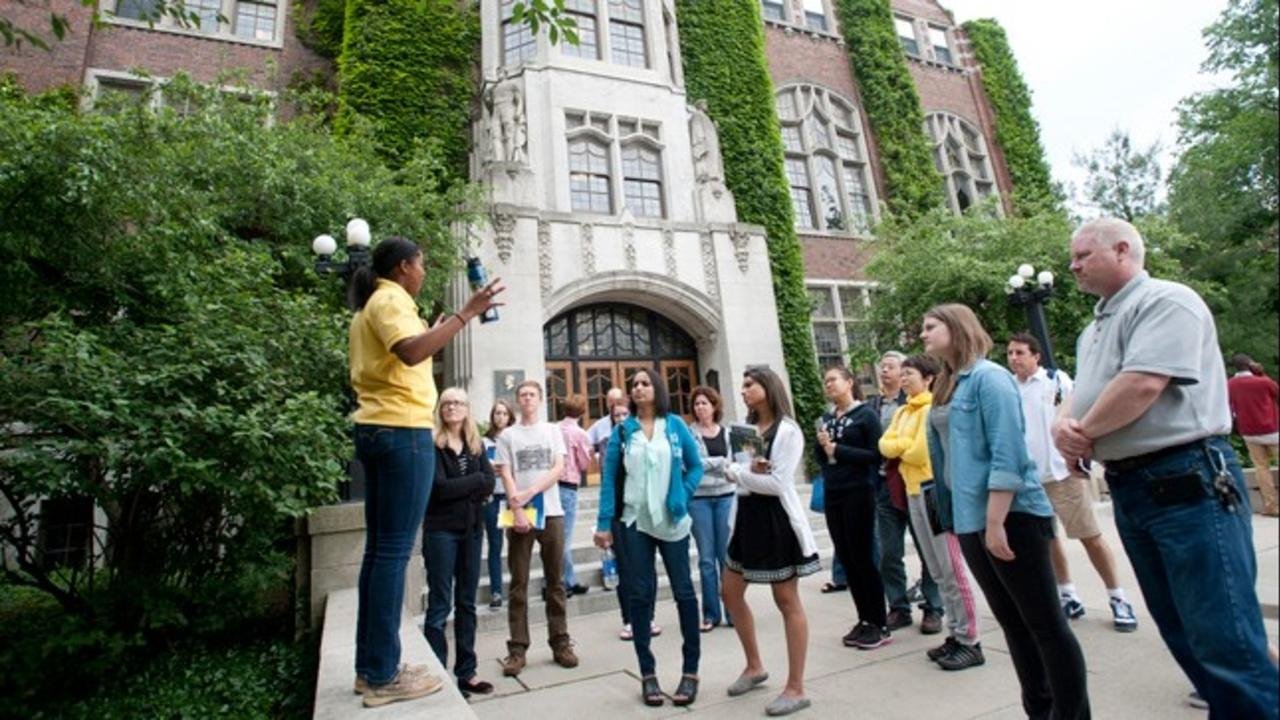Three Types of Campus Visits
With summer approaching, it’s time to start thinking about which colleges you may want to visit. An in-person visit is the best way of assessing your interest in a particular institution. Nothing is better than seeing the students and campus facilities first-hand. You will want to get a sense of how your life will look when you move on-campus. A visit can tell you if location matters, if you enjoy the local climate, and if you can easily gain access to the beach or mountains if those are important to you. The summers after 9th and 10th grades can be wonderful introductions to the campus community. Here are three different types of visits and how they differ:
Looking around
This visit is geared towards early information gathering. It may be included in a family vacation to the area. Parents can encourage their children to visit their alma mater and colleges in the area when visiting family or friends. These trips may not include a personalized visit with scheduled campus tours, information sessions, or Open Days. It should, however, include a walk around campus, a meal in a dining hall, a visit to the library, and a chat with students you see out and about. Always stop by the Admissions Office to pick up materials and find out who your local representative is. (you can also find the name of your local admission counselor on the website or by calling the admissions office). This general visit will also help you craft a list of questions that can be refined over the coming months and years. Your goal in these early forays should be to figure out which aspects of the university campus experience really matter. Examine the size of the student body, clubs and organizations of specific interest, and the scope of academic options. Above all, take good notes.
Serious shopping
As you progress through high school, you will acquire a deeper understanding of your academic interests, the importance of standardized testing, and a sense of what kind of campus would suit you best. Those early campus visits will come in handy when zeroing in on specifics. By late junior year, you’ll have attended a few college fairs, spoken to your college counselor, and created a college list with your top choices. Do online research junior year and, in consultation with your parents, make reservations for campus tours and admission presentations junior spring and senior fall. You might want to make appointments to meet with a financial aid counselor, the writing center, disability services, and academic support. Check out the ease of access to medical care, mental health counseling, faith communities, and on- and off-campus transportation. Consider safety at night and ensure that the dining halls cater to your individual dietary needs. If possible, attend a class within your likely first choice of major. These visits should refine the list of colleges to which you will apply, so take them seriously.
Ready to buy
Being ‘ready to buy’ typically means that an offer of admission is on the table, and you need to make your final decision. It may also mean you need to clarify your top 5-8 schools, and thus are ready when offers arrive. It is true that many students apply to several colleges without ever setting foot on campus but with a tangible offer, a targeted visit then becomes a must. There are Admitted Student Visit Days, typically in April before the National College Decision Day of May 1. Colleges pull out all the stops for these visits that are 100% geared towards the needs and interests of admitted students and their families. The student-focused program will include classroom visits and chats with faculty. Parents will often have their own version of the events, most often with a presentation by the Financial Aid Officers. All this should help you make a final decision.

